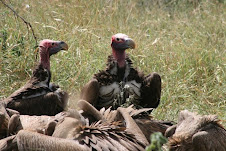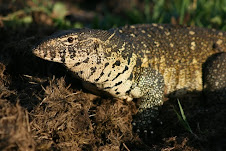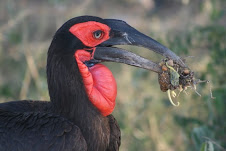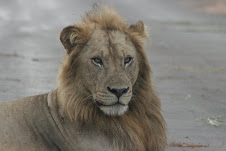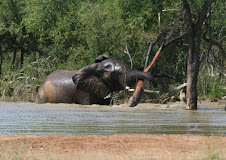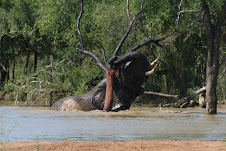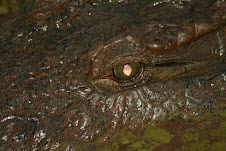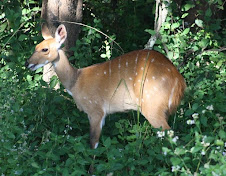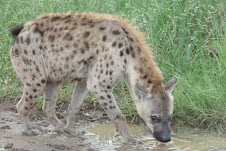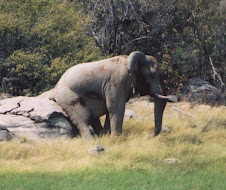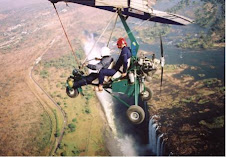Thanks to Julio Balona.
Hi Duncan,
Came across your blog and thought I'd answer your question on the bats :
They are Mauritian tomb bats (Taphozous mauritianus) which are rather handsome and interesting creatures and one of my favourite species. You have most likely seen them moving rapidly sideways like a crab which is characteristic.
Another unusual feature is their habit of roosting openly on a surface. Most bats prefer to hid inside dark caves and crevices but this species relies on it's camouflage while sitting on a tree trunk in the wild. They seem to be constantly alert and one wonders when they sleep. If approached too closely they will scuttle around to the other side of the trunk, out of view. In the urban environment they have taken to roosting on the walls under the eaves of houses, and seem to favour brick walls especially.
They are fast fliers and apparently mainly feed on moths.
The name tomb bat came about for historical reasons rather than their behaviour. The first bat in this family was discovered roosting in tombs in Egypt and was therefore called the Egyptian tomb bat. All bats in this family were subsequently known as tomb bats, although members such as the Mauritian tomb bat do not roost in tombs. However the first part of the name is accurate since they do also occur in Mauritius and this probably where they were first encountered by early zoologists.
As far as I know the adult males and females occur separately. Therefore if there is a pair it is most likely a mother and juvenile daughter/son.There is probably a lone male roosting somewhere else in your area.
Yet another interesting aspect is the movements of these bats. In South Africa at least, in many areas they are known to show up in summer, stay for a few months and then disappear. Where they go nobody is really sure. I'm guessing they move north where the winter is more mild.
Regarding the bird :
My bat knowledge is far better than my birds but I'm guessing it's a Red crested knorhaan (btw note spelling).
Keep up the good work,
Julio Balona
Gauteng & Northern Regions Bat Interest Group
http://www.batsgauteng.org.za/








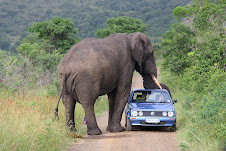.jpg)

